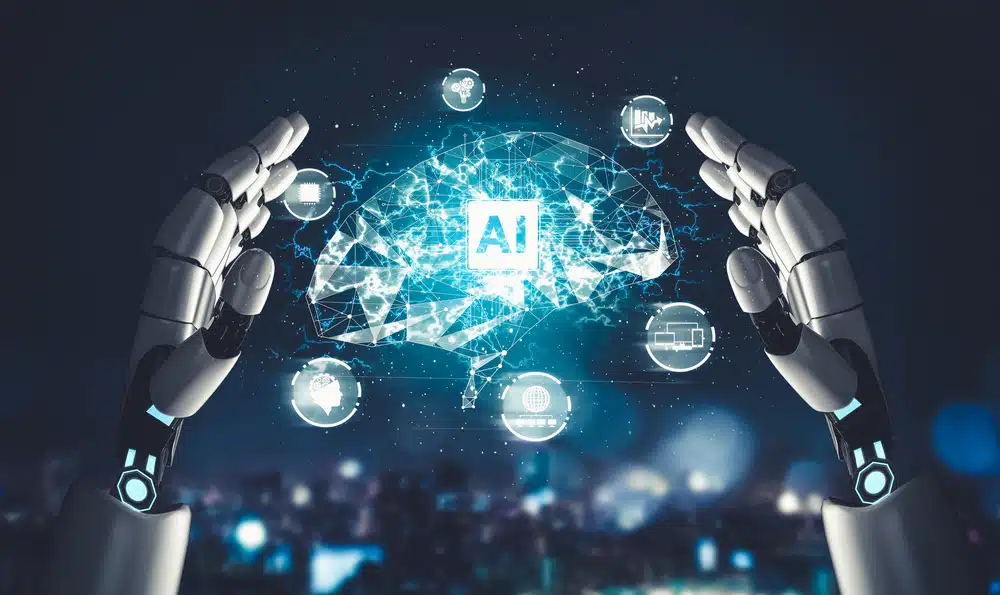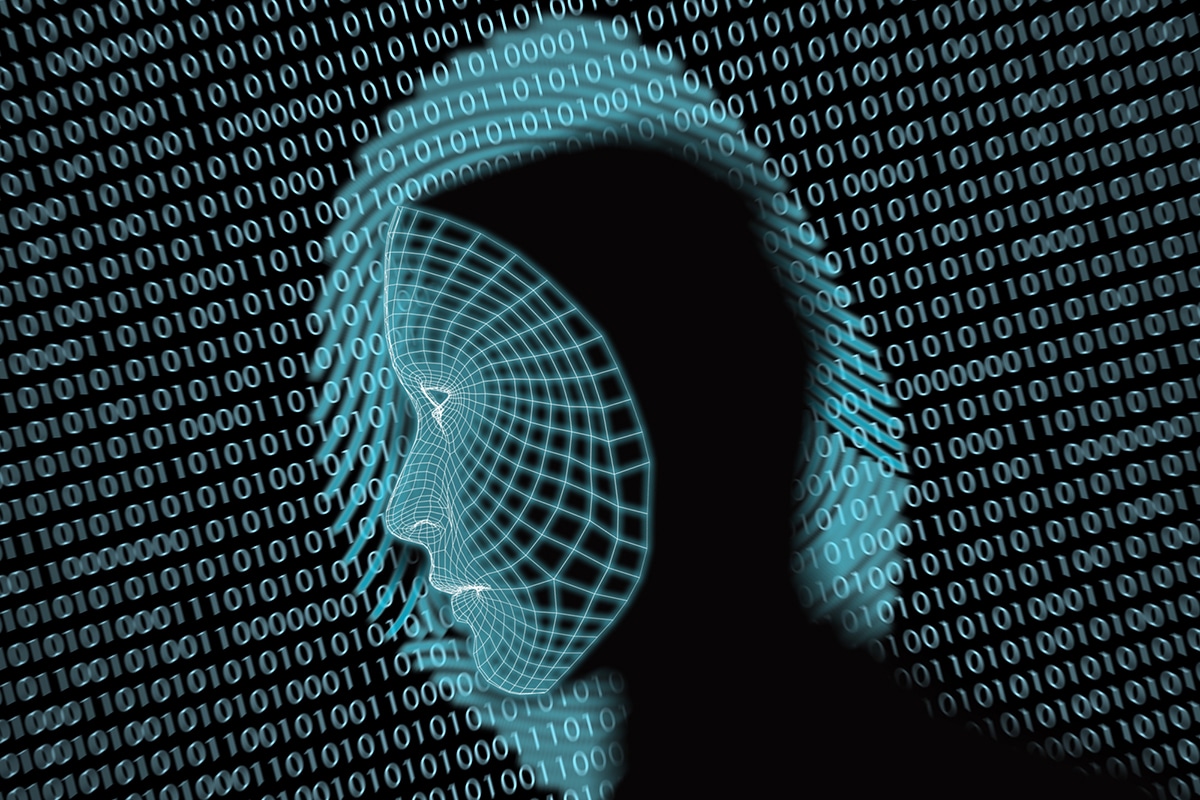
How RAG completes the generative AI puzzle
Generative AI entered the global consciousness with a bang at the close of 2022 (cue: ChatGPT), but making it work in the enterprise has amounted to little more than a series of stumbles. Shadow AI use in the enterprise is sky high as employees are making day-to-day task companions out of AI chat tools. But for the knowledge-intensive workflows that are core to an organization’s mission, generative AI has yet to deliver on its lofty promise to transform the way we work.
Don’t bet on this trough of disillusionment to last very long, however. A process called retrieval augmented generation (RAG) is unlocking the kinds of enterprise generative AI use cases that previously were not viable. Companies such as Meta, Google, Amazon, Microsoft, OpenAI and a number of AI startups have been aggressively rolling out enterprise-focused RAG-based solutions.

Walking the AI tightrope in IAM: finding the right balance for your organization
Identity and access management (IAM) is the foundation for control and productivity in today’s digital business environments. Ensuring the right people have the right level of access to the resources they need whenever they need them -- and that the wrong people don’t -- is a core responsibility for administrators and security teams. In a typical hybrid, distributed, multi-cloud environment, with thousands of identities to manage dynamically as the business evolves, the scale of the challenge is considerable. Enter Artificial Intelligence (AI), the seductive solution to all large-scale data-intensive challenges. AI has enormous potential for streamlining the many workloads associated with IAM and lifting the burden on stretched administrative and security teams.
We are undoubtedly experiencing an AI gold rush, but there are tensions in this brave new world. Our recent SME IT Trends report reflects this reality; while 87 percent of UK IT administrator respondents plan to implement AI initiatives in the next two years and 70 percent believe that their organization should be investing in AI, a significant minority (15 percent) say their organization is moving too fast on AI. They are in conflict with the 22 percent who think their business is moving too slowly. That amounts to well over a third of SME IT administrators who are uncomfortable with their company’s AI adoption rate.

Google Rankings dropped after Google's core update: What should you do?
The goal of Google Search's Core Updates is to enhance user experience and optimize its algorithms; nonetheless, many sites may face major changes in search ranks as a result. Any website owner must be aware of these adjustments as they have a direct impact on their capacity to preserve or improve their search engine rankings. Today, we'll explore the reasons for these rankings dropping, how to identify the changes, and practical actions you can take in this situation.
A Google Core Update refers to broad changes made to the overall ranking algorithms and systems that affect how websites are evaluated and ranked in search results. These updates aim to enhance the quality of search results by better assessing page content and its relevance to user queries. While Google continuously updates its algorithms, core updates are less frequent and more impactful, typically announced publicly by Google due to their significant effects on the search landscape.

Avoid a migration mess -- top tips for cloud migration
Cloud adoption is increasing at a rapid rate across all industries, and for good reason. It has been proven as a business enabler, and it presents many advantages over traditional architecture. Hardware starts to age, data center operations are costly, and IT personnel spend more time managing old infrastructure than advancing the business. Migrating existing workloads to the cloud can help address all these issues.
However, IT architecture can be extremely complicated, even for professionals with many years of experience, and even though the cloud has been around for over 20 years, cloud migration challenges continue to be a source of anxiety for organizations wishing to take advantage of everything cloud computing can offer. So, what are some of the points to bear in mind when planning and executing a cloud migration strategy?

When it comes to identity governance, how do you know what’s best for your business? Weighing the pros and cons of best-in-breed vs. platform
When it comes to identity management security tools today, there are two main camps: best-of-breed and platform. When choosing between best-of-breed solutions and integrated platform solutions it's important to weigh their respective advantages and disadvantages. In order to perform a thorough analysis, it’s recommended to have a firm grasp of your organization’s objectives, maturity, priorities and capabilities -- for example, whether your organization can effectively manage multiple vendors, or whether your organization would benefit from a platform approach that may be too broad for your complex needs.
You could think of it in terms of buying a car. Having a high-end car may seem attractive, but it comes with additional challenges and responsibilities. You can only choose what's best for your organization once you've taken a realistic and accurate look at your organization, its skills and its needs.

A practical solution to the AI challenge: Why it matters that the AI Safety Institute has embraced open source
To be a world leader in AI, the UK must leverage its position as Europe’s number one in open source software. As the PM said on Friday, open source “creates start-ups” and “communities”. The UK’s open source community has flourished under the UK tech sector radar in recent years. OpenUK’s 2023 report showed 27 percent of UK Tech Sector Gross Value Add was attributable to the business of open source from the UK.
On the back of the AI Safety Summit last November, the UK has not taken the European Union’s route to a legislative solution. We will soon see the outcome of the EU’s gamble in being the first in the world to legislate. The very prescriptive legislation will likely be out of date before it is in use and this may engender regulatory capture in AI innovation in the EU. Few beyond big tech will be able to manage the compliance program necessary to meet the regulation. The risk is obvious and real.

The key technologies fueling chatbot evolution
Most of us are familiar with chatbots on customer service portals, government departments, and through services like Google Bard and OpenAI. They are convenient, easy to use, and always available, leading to their growing use for a diverse range of applications across the web.
Unfortunately, most current chatbots are limited due to their reliance on static training data. Data outputted by these systems can be obsolete, limiting our ability to gain real-time information for our queries. They also struggle with contextual understanding, inaccuracies, handling complex queries, and limited adaptability to our evolving needs.

The importance of people, process and expertise for cyber resilience in the AI age
No business is immune to the cyber threats that exist today, ranging from malicious software and ransomware to AI threats and more, which occur daily, weekly and often even more frequently than this. To counter them, companies must have strategies in place to minimize the potential damage of an attack by protecting data and putting plans in place to recover from a cyberattack as quickly and effectively as possible.
The increased adoption of AI by everyone from employees to cyber criminals is adding further risk and complexity to the security landscape. While cybercriminals are incorporating AI into their arsenal to enhance their attack strategies, employees are unwittingly helping these attackers gain their sought-after prize, data. Many employees today are experimenting with generative AI models to assist with their jobs, but many put vast amounts of data, ranging from personal details to company information, into these systems, often without the organization’s knowledge.

The critical intersection between AI and identity management
Today, almost every organization and most individuals are using or experimenting with Artificial Intelligence (AI). There are plenty of examples of how it is changing businesses for the better, from marketing and HR to IT teams. What was once computationally impossible, or prohibitively expensive to do, is now within reach with the use of AI.
According to Gartner, approximately 80 percent of enterprises will have used generative AI (GenAI) APIs or models by 2026. As AI drives value for organizations, it is fueling further demand and adoption.

Unmasking the impact of shadow AI -- and what businesses can do about it
The AI era is here -- and businesses are starting to capitalize. Britain’s AI market alone is already worth over £21 billion and expected to add £1 trillion of value to the UK economy by 2035. However, the threat of “shadow AI” -- unauthorized AI initiatives within a company -- looms large.
Its predecessor -- “shadow IT” -- has been well understood (albeit not always well managed) for a while now. Employees using personal devices and tools like Dropbox, without the supervision of IT teams, can increase an organization’s attack surface -- without execs or the C-suite ever knowing. Examples of shadow AI include customer service teams deploying chatbots without informing the IT department, unauthorized data analysis, and unsanctioned workflow automation tools (for tasks like document processing or email filtering).

Are you putting your business at risk by not patching these common vulnerabilities?
Patching is something that we all know we have to do. But it is easier said than done. In reality, patching can be hard due to problems around application compatibility, having adequate downtime windows, or more pressing business risks to manage. This can lead to some very serious software problems being left open and vulnerable to exploitation.
Here are three examples of common software vulnerabilities that existed for years with updates available, yet are still regularly targeted by threat actors.

AI-ttack of the Clones: The rise and risks of AI scams
Used for productivity, generative AI offers unprecedented potential to improve the performance and impact of modern software solutions. One of its major capabilities is that it lowers the barriers to entry for those without software development knowledge and experience. While this has its advantages, in the wrong hands, it can also be dangerous.
GenAI has also raised the stakes for those looking to protect users against social engineering, with increasingly sophisticated and compelling scams making it more difficult than ever to filter genuine communication from fake.

Confronting quantum computers' cryptanalysis concerns
The race to successfully build quantum computers is on. With the potential to solve all manner of problems for humanity, players across the globe -- from tech companies to academic institutions to governments -- have been busy investing significant resources into quantum computing initiatives for some years now.
But what are they exactly? A traditional (digital) computer processes zeros and ones, so called bits. These, to a first order approximation, are represented as on/off electrical signals. Quantum computers, on the other hand, leverage quantum mechanics to process information using quantum-bits or qubits, which can represent multiple states simultaneously. And it’s this capability that enables quantum computers to tackle computational tasks that are currently out of the question for classical computers - think factoring large numbers, simulating quantum systems, optimizing complex systems or solving certain types of optimization and machine learning problems.

Beyond the snapshot: Why continuous risk assessment is essential in today's threat landscape
Security vulnerabilities often lurk undetected within organizations, a consequence of gaps in traditional security assessments. These gaps can arise from missed systems during scans or the use of improper scanning techniques or technologies for specific systems.
To effectively manage risk, organizations need a comprehensive understanding of their security posture across the entire technology stack. This is where continuous risk assessment comes in -- it provides enhanced visibility, pinpointing vulnerabilities that periodic audits might miss and highlighting the limitations of traditional methods.

Combating small ransomware attacks
Ransomware attacks are so destructive that it’s easy to assume that all of them are large-scale in nature. However, this isn’t always the case, and ransomware gangs can do incredible amounts of damage with relatively small amounts of data. For example, an analysis carried out by Zerto of 116 globally diverse ransomware attacks spanning 43 different ransomware variants uncovered a median dataset size of just 183.5 GB.
When considered alongside a study carried out by Splunk, which says the average ransomware can encrypt a gigabyte of data in 47.7 seconds, the typical encryption detonation process for 183.5 GB of data would take nearly two and a half hours: That’s not very long at all.

